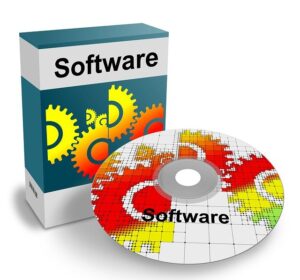The safety profile of a drug cannot be entirely determined until it reaches the final stages of production. These issues are often found in the post-production stages as clinical trials are limited to a small patient population or controlled environment.
As a large patient population relies on drugs for extended periods, the results and adverse impacts are identified. Hence, risk management services help to identify all such activities by focusing on –
- Risk identification,
- Risk evaluation,
- Prevention,
- Timely communication, etc.
Risk management plans can be adapted to undertake proactive approaches and overcome the risks.
Table of Contents
Pros of Professional Risk Management Services
With professional risk management services, it is easy to get access to drafts, reviews, etc. Further, it is easy to create risk management plans, evaluation strategies, and mitigation efforts in place.
Professional services help to evaluate such risks, missing information, etc. It is also useful in designing Risk Minimization measures (RMMs), conveying risks through SPC, PIL, etc.
What is Included in A Risk Management Plan?
The risk management plan is a legally binding document that asserts that the benefits of the product in question outweigh its risks. This information aims to identify and characterize the risks and determine interventions needed to overcome the risks.
Pharmaceutical products are associated with risks that must be managed appropriately to avoid patient harm. Further, regulatory agencies have mandated risk assessment and safety surveillance for all products. Experts help to identify risks associated with substances, products, etc. Opting for a third-party partnership also helps to effectively determine the PV and risk management strategies.
With a highly experienced team, it is easy to design and develop Risk Management plans (RMP), Risk Evaluation and mitigation Strategies (REMS), etc. This is crucial to attain compliance with the updated terms of the EMA and US FDA. This expertise can be useful for the following aspects –
- Drafting, review, and management of the RMP and REM while supporting through submission strategies,
- Preparing custom procedures to identify and classify the safety risks and deliver tailored solutions,
- Assessment of the potential risks and the missing pieces of information,
- Preparing reports that recommend PV and risk management methods,
- Implementing and supplementing through Post-authorisation safety methods or PASS,
- Developing academic materials observational examinations and targeted follow-up questionnaires,
- Conveying risks through labeling like Summary of Product Characteristics (SmPC) and PIL.
Benefits of Experts for PADER
Periodic Adverse Drug Experience Report or PADER is an aggregate safety report used to define the adverse medical events, reactions, and other issues of an approved medicinal product. It can be submitted by a sponsor or MAH to the FDA once the same is approved for the nation. This report summarizes the changing post-approval adverse effects, safety information, and benefit-risk profile. As a pharmaceutical organization, you must submit the report quarterly within 30 days before the close of the same and annually within 60 days of getting the USA approval. Such a safety report aims to update and evaluate the global safety experience and benefit-risk profile. Seeking professional help can benefit your company as these aids in the electronic compilation of the PADER, conversion of existing ones into eCTD format, and submission through the ESG gateway.








